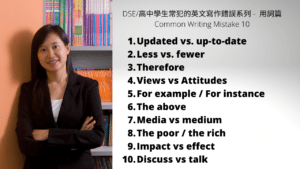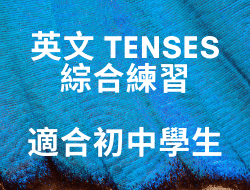IELTS Book 10 Test 4 Task 2 Writing Band 9 pdf
IELTS 10 Writing Model Essay (Free sample)
Test 4 Task 2 Question
Write about the following topic:
Many museums charge for admission while others are free.
Do you think the advantages of charging people for admission to museums outweigh the disadvantages?
Give reasons for your answer and include any relevant examples from your own knowledge or experience.
Write at least 250 words.
Test 4 Task 2 Model Essay by an Expert
From August 2016, the permanent exhibitions at many of Hong Kong’s biggest museums will be free of charge to all visitors. Everyone loves free stuff, but is this removal of admission charges a good move? On a limited governmental budget, is government subsidising of museums a wise use of taxpayers’ money? In this essay, I will argue that the advantages of charging admission fees to museums outweigh the disadvantages.
It goes without saying that museums need investment to exist. They need to maintain their existing exhibits, which might contain valuable and delicate items. What’s more, in order to attract visitors, they need to continually develop new and appealing exhibitions. The question is where this money should come from: the government, or from the people who actually benefit from the museum by attending it? Whilst it’s lovely to have public attractions for free, when the government purse is already stretched, investing in museums is not a valuable way for them to spend taxpayers’ money. The most frequent visitors to museums are middle-class families and wealthy tourists, none of whom need financial assistance from the government. Government money should be directed to the people who most need it: to put roofs over heads and food on tables, not to subsidise a wealthy family’s day out.
A frequently cited disadvantage of admission fees to museums is that they could put people off visiting these cultural attractions. However, in a free market economy like Hong Kong, the guiding principle should be that if the museum is good enough and the price is reasonable, people will pay to visit it. Museums should be responsible for adjusting their pricing strategies to ensure that they attract enough visitors to continue running. One way in which they can attract a wide range of visitors is to take measures to ensure that they don’t exclude certain groups, such as by offering discounts for family tickets, school trips, students and pensioners.
Whilst it is wonderful if the government can afford to subsidise museums, there are more impactful ways for them to invest money in local communities. Museums should be able to afford to run themselves, by using admission fees to ensure that the only people paying for their existence are the people who are enjoying the benefits.
(377 words)


